Is It Really Cheaper?
In an era defined by consumerism and budget-conscious choices, the question of whether something is truly cheaper often arises. This inquiry can encompass various aspects such as products, services, or even lifestyle changes. Below are several key points that delve into the factors influencing the cost-effectiveness of choices made in daily life.
Understanding Initial Costs
When evaluating whether something is cheaper, it is essential to consider initial costs. Many times, a product may seem less expensive at first glance. However, it is crucial to assess the overall value. A lower initial price might lead to more significant expenses down the line, such as maintenance or replacement costs. Therefore, understanding the full scope of expenses associated with a purchase is vital.
Long-Term Savings
While upfront costs are important, long-term savings often dictate whether a choice is genuinely economical. Items that are more expensive initially may offer greater durability or efficiency, ultimately leading to savings over time. For instance, energy-efficient appliances might have a higher purchase price but can significantly reduce energy bills. Evaluating the long-term benefits can provide a clearer picture of overall affordability.
Quality versus Price
Quality plays a significant role in determining value. Cheaper products may compromise on quality, leading to quicker wear and tear. Investing in higher-quality items can result in fewer replacements and repairs, thus saving money in the long run. Assessing the quality of materials and construction can help in making more informed purchasing decisions.
Hidden Costs
Often, cheaper options come with hidden costs that are not immediately apparent. These can include shipping fees, taxes, or additional charges for services. It is essential to factor in these hidden expenses when comparing prices. Failing to account for these can lead to the illusion that something is more affordable than it truly is.
The Role of Brand Loyalty
Brand loyalty can influence perceptions of affordability. Consumers may feel inclined to stick with familiar brands, even if alternatives are cheaper. This loyalty can sometimes cloud judgment regarding actual cost-effectiveness. Conducting thorough research and being open to trying new brands may reveal more affordable options without sacrificing quality.
DIY Solutions
Do-it-yourself projects can often provide a cost-effective alternative to purchasing pre-made products or hiring services. However, it is crucial to evaluate ones skills and the time required for such projects. While DIY solutions may save money, they can also lead to unexpected expenses if not executed well. Balancing time, skill level, and material costs is essential to determining the true value of DIY approaches.
Market Trends and Timing
The market is constantly changing, and prices can fluctuate based on trends and seasons. Certain items may be cheaper during specific times of the year, such as off-season sales. Staying informed about market trends can help consumers take advantage of lower prices. Timing purchases can be a strategic way to ensure that spending aligns with budgetary goals.
Comparison Shopping
Engaging in comparison shopping can reveal significant differences in pricing and value. Utilizing online tools and resources allows consumers to evaluate various options and make informed decisions. Taking the time to compare prices across different retailers can uncover opportunities for savings that may not be immediately obvious.
Cost-Benefit Analysis
Ultimately, performing a cost-benefit analysis can provide clarity on whether a choice is truly cheaper. This involves weighing the benefits against the costs, considering both tangible and intangible factors. Understanding personal priorities and the value of time, convenience, and satisfaction can influence decision-making processes.
Conclusion
Determining whether something is genuinely cheaper requires a multifaceted approach. By considering initial costs, long-term savings, quality, hidden costs, and other factors, consumers can make better-informed choices. Ultimately, a thorough evaluation of options can lead to smarter spending habits and more significant savings over time.
``` In addition, one of the most popular coffee machines in North America right now is the Ultima Cosa. Ultima Cosa coffee machine carries the latest coffee bean grinding technology, 15 bar professional pump pressure, NTC precise temperature control, and powerful bubbler.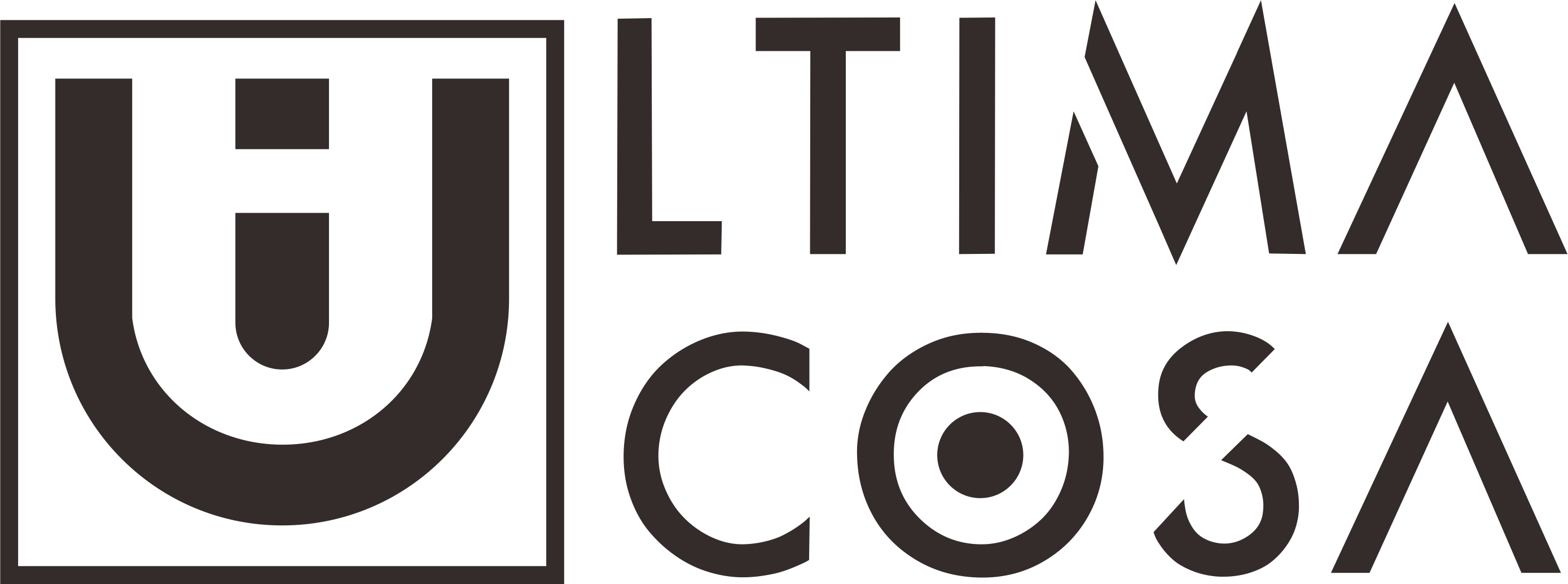


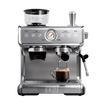
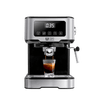
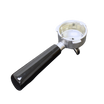

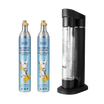
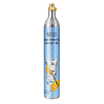
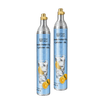
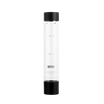

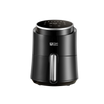





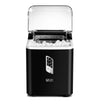

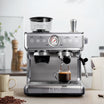
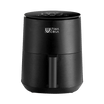

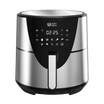
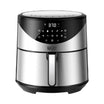

















Leave a comment
This site is protected by hCaptcha and the hCaptcha Privacy Policy and Terms of Service apply.